5 Classic Movies to Watch After ‘Barbie’
- Oops!Something went wrong.Please try again later.
- Oops!Something went wrong.Please try again later.
- Oops!Something went wrong.Please try again later.
Greta Gerwig’s “Barbie” is destined to be a classic in its own right, already garnering nearly half a billion dollars at the box office in under a week. The film, about a stereotypical Barbie (Margot Robbie) in the grips of an existential crisis that sees her going to the Real World, is all manner of fun and wacky, with a number of Old Hollywood influences.
Gerwig herself has cited a number of features that either directly or indirectly inspired “Barbie,” starting with the 1939 Technicolor classic, “The Wizard of Oz.” That film, with its now iconic transition between Kansas and the land of Oz, no doubt factored into how the feature approaches color. The idea of a character transitioning from one world to another draws comparisons to “The Truman Show” and “Heaven Can Wait.”
Among the more nuanced, less obvious films, Gerwig took inspiration from “Women on the Verge of a Nervous Breakdown,” Almodóvar’s 1988 masterpiece. Of that feature, she said, “The colors, the way he layers colors” influenced her. Gerwig has also mentioned how Cary Grant, of “The Philadelphia Story” and “His Girl Friday” fame, would have made the perfect Ken (if only time travel was available).
She’s also cited the 1964 Jacques Demy French musical, “The Umbrellas of Cherbourg” as an influence, particularly with regards to Margot Robbie’s hair. These influences even extend to the Barbies’ individual houses. As production designer Sarah Greenwood told TheWrap, the exterior of Weird Barbie’s (Kate McKinnon) house is deliberately inspired by Norman Bates’ (Anthony Perkins) house in “Psycho.” Gerwig even went so far as to include living legend/costume designer Ann Roth in a pivotal scene in the film.
But outside of the influences that Gerwig and her team have cited, what other movies should you watch after seeing “Barbie?” We listed five other classic Old Hollywood movies you should seek out that give off similar “Barbie” vibes.
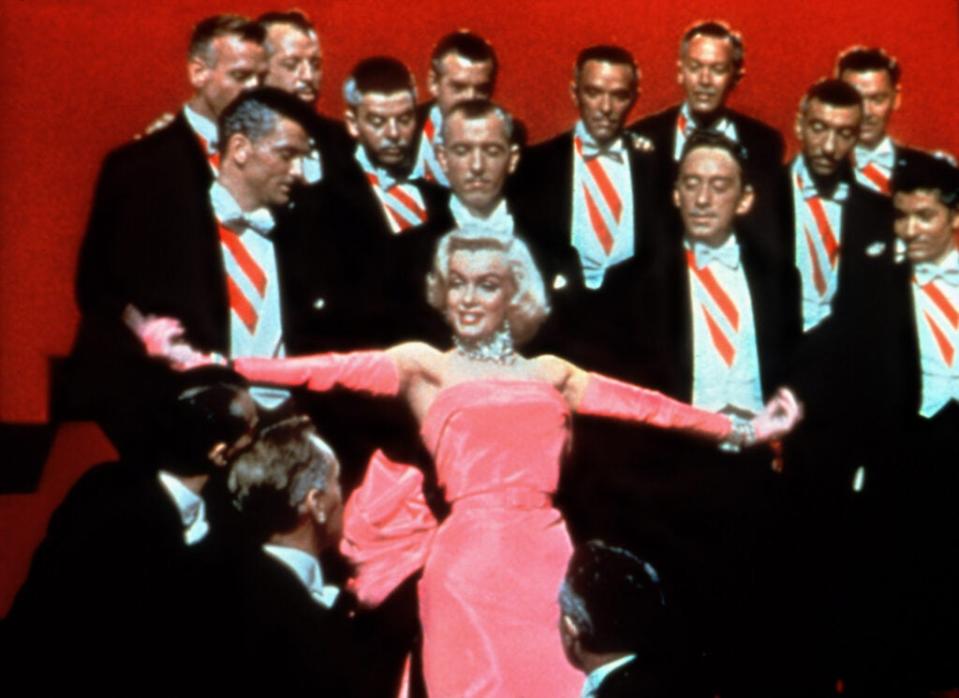
“Gentlemen Prefer Blondes” (1953)
If you’re looking for a living embodiment of the Barbie doll, Marilyn Monroe’s persona in several of her films fits the bill (and, much like Robbie’s Barbie, Monroe strove to be taken seriously in spite of her beauty). The 1953 feature “Gentlemen Prefer Blondes” has the perfect “Barbie” aesthetic, with its lush pinks and other bright colors. If you spent “Barbie” looking at Robbie’s necklaces and other accessories, “Gentlemen Prefer Blondes” is similar, culminating with Monroe’s Lorelai Lee desperate to own a diamond tiara.
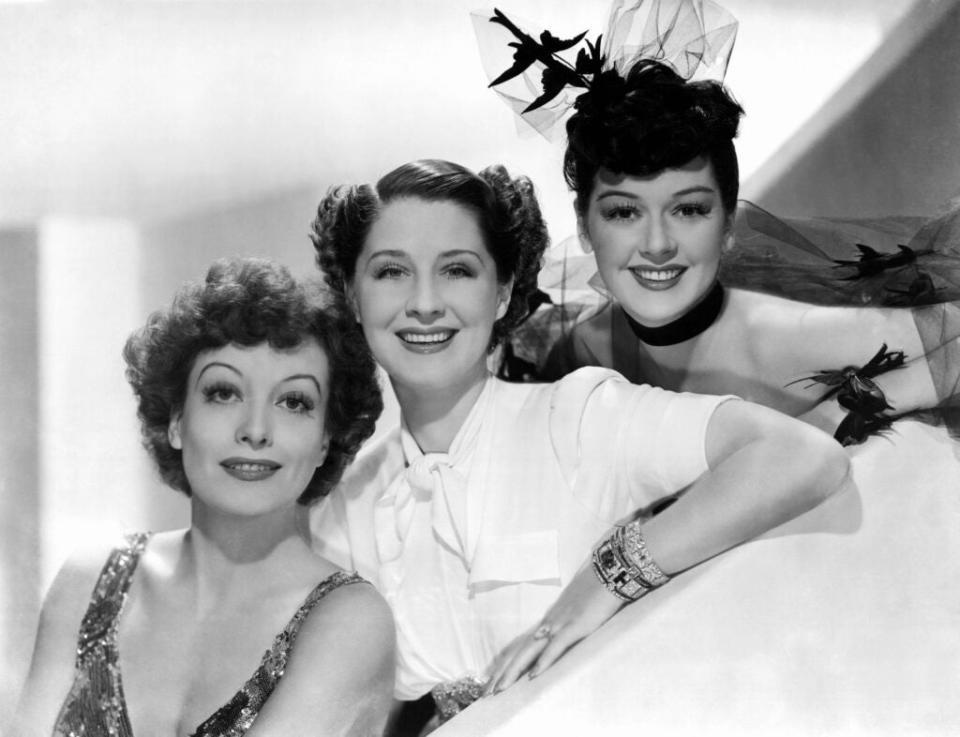
“The Women” (1939)
As we see in the film, Barbieland is women-based, complete with an all-woman Supreme Court. If you’re looking for a film that also frontloads its female cast make a point of seeking out the George Cukor-directed feature, “The Women.” Norma Shearer plays a woman who discovers her husband is stepping out on her, making friends and enemies along the way. The film is known today for having absolutely zero men in it, as well as having a supremely witty script written by Anita Loos and Jane Murfin. If you’re hoping for more “Barbie”-level satire about gender, and a predominately female cast, this fits the bill.
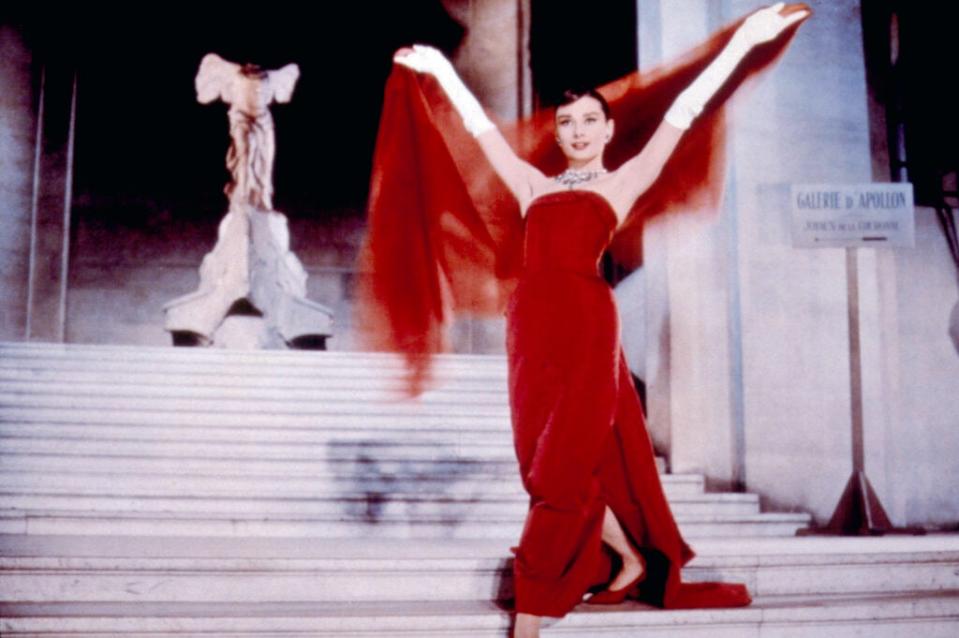
“Funny Face” (1957)
Gerwig has cited director Stanley Donen’s “Singin’ in the Rain” as an influence on “Barbie,” but I also think Donen’s other musical feature, the Audrey Hepburn/Fred Astaire musical is one as well. For starters, the movie starts with an extended number called “Think Pink,” involving a magazine that capitalizes on the pink craze. Hepburn plays lowly shopgirl Jo Stockton who becomes a fashion model, not unlike Barbie’s transition out of Barbieland and into the real world.
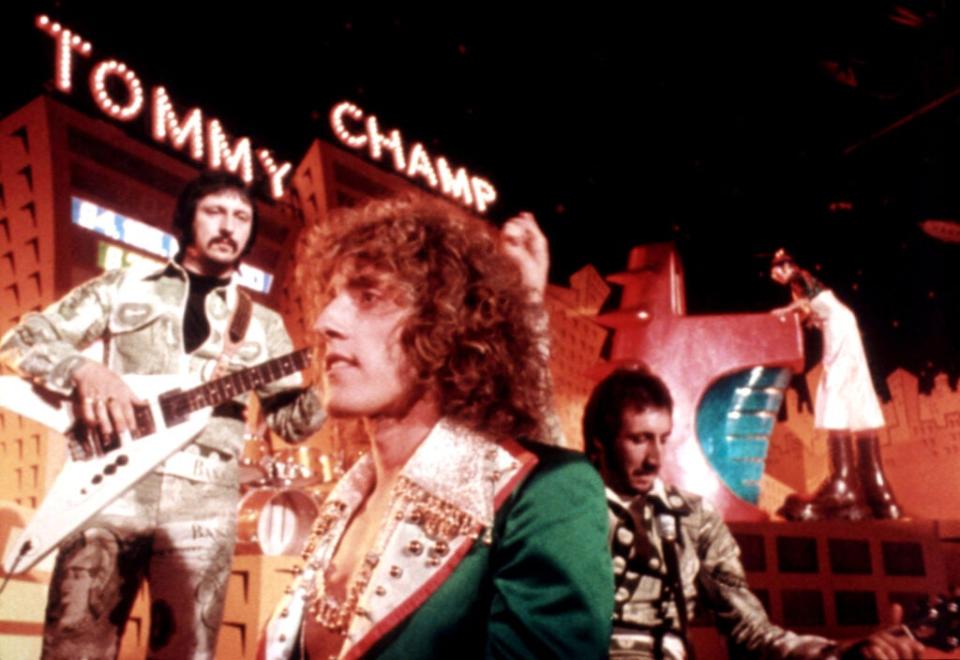
“Tommy” (1975)
How does the Ken Russell-directed adaptation of The Who’s rock opera fit into the “Barbie” universe, you say? Stay with me here. Watching the kooky “I’m Just Ken” number feels like a close cousin to the psychedelic weirdness of Russell’s cinematic stylings with its energy (or “Kenergy”), as well as the way the camera captures the battle of the Kens action. Also, you know Weird Barbie would watch this!
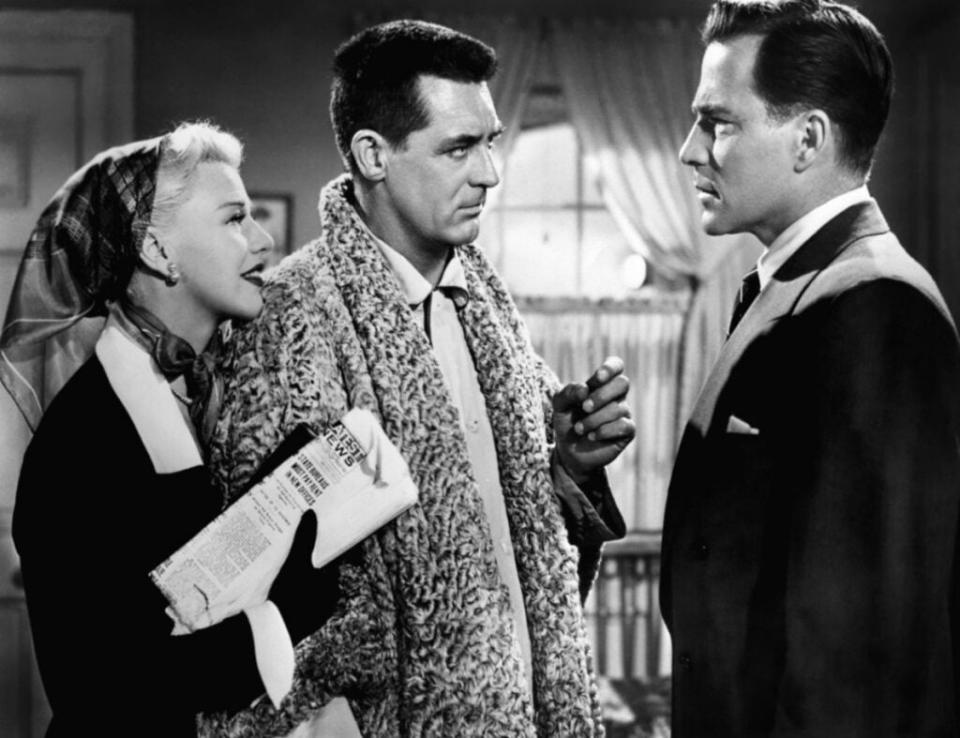
“Monkey Business” (1952)
Howard Hawks’ 1952 comedy doesn’t get enough love. And for a movie where grown adults are playing kids toys, this movie — about two adults who revert back to children after ingesting a youth serum — is the perfect playmate. Cary Grant and Ginger Rogers play a middle-aged couple who, after drinking said potion, de-age into young adults, teenagers, and eventually small children. Watching Grant sit down with a group of school-age kids, covered in (now dated) “warpaint,” and playing with them is all the proof you need that he’d have been a great Ken.
The post 5 Classic Movies to Watch After ‘Barbie’ appeared first on TheWrap.

